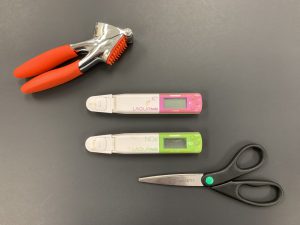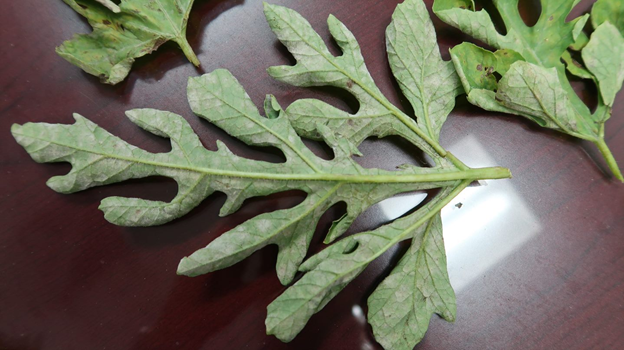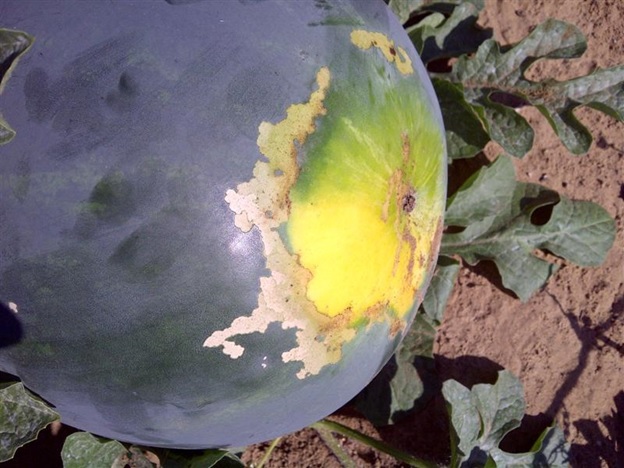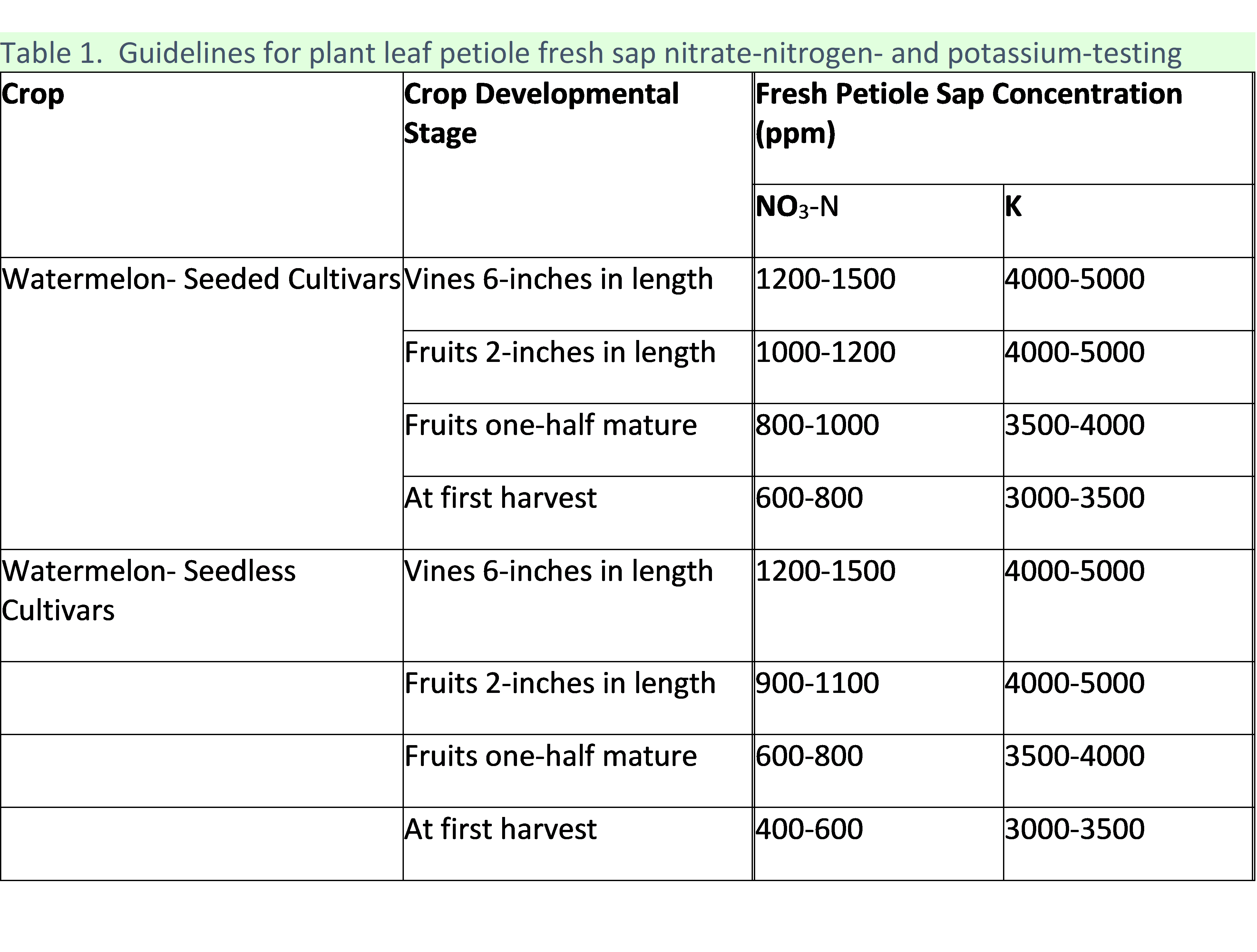Bob Hochmuth with input from Suwannee Valley Extension Agents: Mark Warren (Levy), Tyler Pittman (Gilchrist), Tatiana Sanchez (Alachua), Luke Harlow (Union), Jay Capasso (Columbia), Dan Fenneman (Madison), Keith Wynn (Hamilton), Danielle Sprague (Jefferson), Emily Beach (Lafayette), Amanda Phillips (Suwannee), Kevin Athearn (RSA-Agri- business), and Sudeep Sidhu (RSA- Water Resources).
Observations from last week
Short and sweet,….we have not seen any new diseases this past week. However, we are seeing increased incidence of gummy stem blight. We are still on the lookout for Downy Mildew, but we do not have any confirmed cases of Downy in the Suwannee Valley area yet. We are also looking out for rindworm populations and feeding damage, but reports have been very light so far. We are hoping Fusarium damage will slow down as well. (Bob Hochmuth)
–
Strategies for Gummy Stem Blight
 If you see gummy stem blight in your field, you may consider strategies for management as you approach harvest. Research trials for gummy stem blight show Inspire Super is an excellent material for control and that Luna Experience is also a good choice. Both of these materials have a 7 day “Pre-harvest Interval” (PHI). So, as we get 7-10 days from first harvest, you may want to use one of these materials since it becomes difficult to adhere to a 7-day pre-harvest interval after harvests are started. Since the weather pattern is still in favor of powdery mildew, we would suggest adding a material to Inspire Super or Luna Experience. (Bob Hochmuth)
If you see gummy stem blight in your field, you may consider strategies for management as you approach harvest. Research trials for gummy stem blight show Inspire Super is an excellent material for control and that Luna Experience is also a good choice. Both of these materials have a 7 day “Pre-harvest Interval” (PHI). So, as we get 7-10 days from first harvest, you may want to use one of these materials since it becomes difficult to adhere to a 7-day pre-harvest interval after harvests are started. Since the weather pattern is still in favor of powdery mildew, we would suggest adding a material to Inspire Super or Luna Experience. (Bob Hochmuth)
Stay on Powdery Mildew Spray Program
Stay on your powdery mildew preventative fungicide programs. We recommend you rotate between Quintec and Procure with one or the other sprayed weekly along with your broad-spectrum fungicides (Mancozeb or Chlorothalonil) if gummy stem blight is not present in your fields. (Bob Hochmuth and Mathews Paret)
–
Initiate Preventative Rindworm Sprays
A very economical program is to add a Bt (Bacillus thuringiensis) spray now and continue this weekly until pressure gets high. Bt is effective in killing young worms shortly after they hatch from feeding on the leaves. But, Bt is not a good choice for larger worms discovered later in their life cycle. Once pressure is high, you can switch to Coragen or Intrepid. This is the general program we have used very successfully here at the Center in Live Oak for several years. (Bob Hochmuth)
–
Petiole Sap Testing for Seeded vs Seedless Cultivars

Petiole Sap Testing supplies for monitoring nutrient levels. Photo Credit: Matt Lollar, University of Florida/IFAS Extension – Santa Rosa County
Some fields are still at fertigation rates of 2.0 lbs per acre per day of nitrogen and potash, but many are now at the maximum rate this week of 2.5 lbs per acre per day of nitrogen and potassium and will continue at that level until first harvest. Under a good irrigation program, we should not need to go beyond this 2.5 lbs rate. This is only informational and not intended as an across-the-board recommendation for everyone. Use the guidance given by Extension Agents in YOUR fields. (Bob Hochmuth and Mark Warren)
- 2024 Watermelon Season Wrap Up - June 21, 2024
- Weekly Watermelon Update – June 3 - June 7, 2024
- Weekly Watermelon Update #10 – May 20 - May 24, 2024



